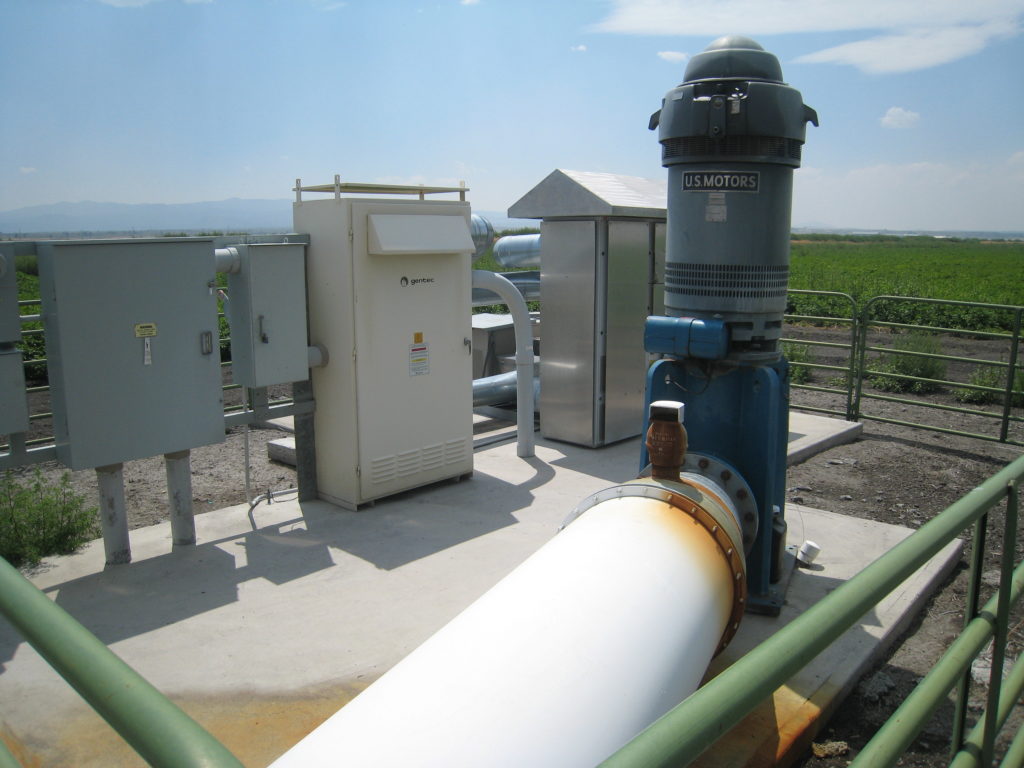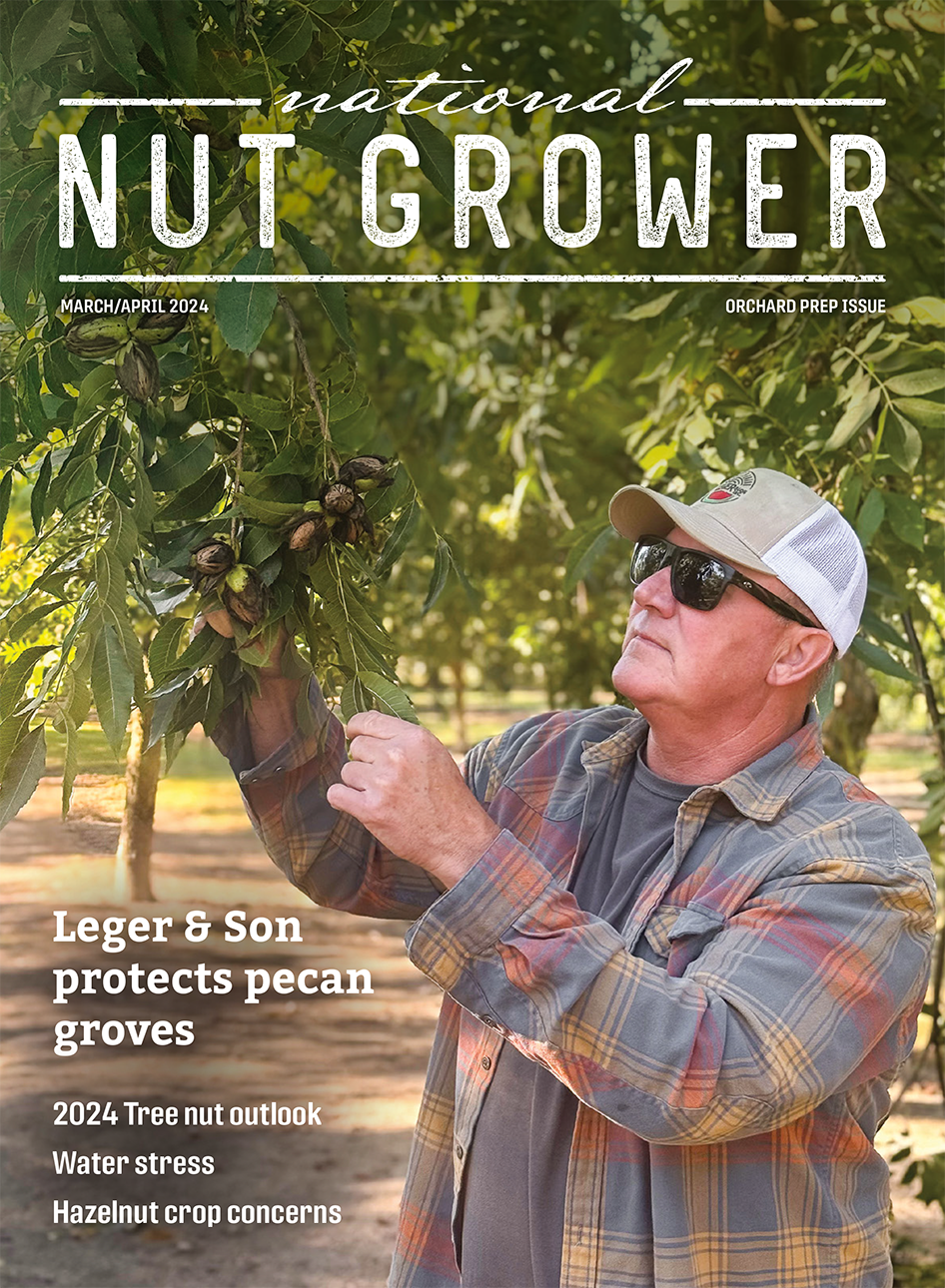
Apr 14, 2021$10M allocated to producers impacted by drought in Klamath River Basin
The USDA announced April 14 the availability of up to $10 million in assistance from USDA’s Wildfire and Hurricane Indemnity Program Plus to assist agricultural producers impacted by the worsening drought conditions in the Klamath River Basin.
Earlier on April 14, the Bureau of Reclamation released the Klamath Project 2021 Temporary Operations Plan, which was developed in response to consecutive years of drought conditions in the Klamath Basin, including the lowest historical inflows on record into Upper Klamath Lake this year. As noted in the Bureau of Reclamation’s release today, water from Upper Klamath Lake will become available to charge Klamath Project canals and allow for limited irrigation no earlier than May 15. Remaining project deliveries will begin no earlier than June 1, according to the Bureau.
- Eligibility for drought losses is for 2018 or 2019 and requires a D3 drought rating by on the U.S. Drought Monitor in the county for producers in that county to be eligible.
- States will need to limit payments to 90 percent of the drought losses if the producer had crop insurance or coverage under the Noninsured Crop Disaster Assistance Program (NAP) or 70 percent if they did not have coverage or NAP coverage.
- Producers receiving the payments will need to purchase crop insurance or NAP in 2021 and 2022 if they plant the same crop in 2021 and 2022, for which that suffered the loss.
Prior to the USDA’s announcement and the details being released regarding the water allocation from the U.S. Bureau of Reclamation, Klamath Basin irrigators said they expect to receive little to no water for farming crops this year.
In a letter to the basin community, the Klamath Water Users Association said there is extremely minimal to no water from Upper Klamath Lake for irrigation this year.
“Klamath Project irrigators find themselves in a situation that is eerily similar to 2001,” the KWUA said.
In 2001, Endangered Species Act regulations protecting suckerfish and coho salmon forced the bulk of the Klamath Project to shut down its water delivery system for almost the entire growing season. The action left 1,400 farm families without water for their crops, and some were forced to go out of business.
“There was a good 10 years after the 2001 shutoff where we didn’t have young farmers returning to the farm, and now we have farmers that have moved back and are getting established,” said farmer Ben DuVal of Tulelake, president of the KWUA board of directors. “Now, their knees are going to get knocked out from under them.”
Klamath Basin irrigators have perennial crops in the ground that need water, DuVal said, but there is no water available. He said the lack of water will affect the economy of the entire region.
“We spend money in this community, so Main Street is going to feel this too. This affects the whole Klamath Basin community, not just the farm,” DuVal said. “After last year being a short water year and now this devastating year— and in the middle of it, you had COVID and markets disrupted—so it’s a compounding impact and it’s going to hit our community hard.”
Klamath Project irrigators are preparing to seek federal assistance for drought relief.
The Klamath Project Drought Response Agency said it plans to apply for a grant through the Bureau of Reclamation, to increase the amount of money available to farmers who idle ground or irrigate using groundwater to reduce Klamath Project demand.
“If the farms and our community survive, it will take upwards of eight good irrigation years to financially recover, not to mention the legacy effect on the future of our farming families,” the KWUA stated. “This year, the tools to make this work simply are not sufficient to align supply with demand.”
The association said the region’s “only hope as a community is to seek federal funding to get the most out of any water that can be had, prevent foreclosures and to keep a core workforce employed.”
In a related development, the KWUA expressed disappointment after Secretary of the Interior Deb Haaland withdrew an updated legal guidance for operation of the Klamath Project, which was completed during the previous administration.
The now-revoked guidance led to a reassessment of all ESA Section 7 responsibilities related to operation of the Klamath Project, which had been the cause of significant irrigation water curtailments in years since 2001.
In her memorandum, Haaland said the guidance had been issued without government-to-government consultation with affected tribes, and did not reflect the current administration’s goals for long-term water recovery and economic restoration in the region.
Noting that the move by the Biden administration wasn’t entirely unexpected, DuVal said, “We are now back to where we were before, which is stuck between two conflicting biological opinions.”
KWUA called for “a resolution of those legal issues and, equally important, committed engagement from several major parties, including Interior, in order to bring stability to Klamath Basin communities.”
In a joint statement, Haaland and U.S. Agriculture Secretary Tom Vilsack said the departments of the Interior and Agriculture “recognize the urgency of this crisis and its impacts on farmers, tribes, and communities, and are committed to an all-hands-on-deck approach that both minimizes the impacts of the drought and develops a long-term plan to facilitate conservation and economic growth.”
– Christine Souza, California Farm Bureau Federation contributed to this story.
A large-capacity irrigation well in the Klamath Basin on Nov. 30, 2020. Photo: U.S. Geological Survey







